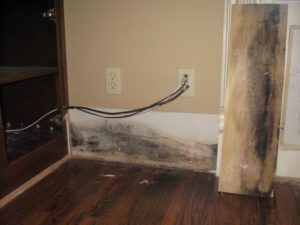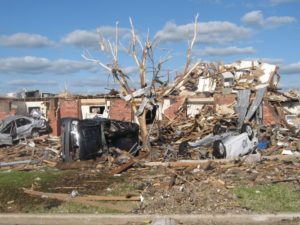Does Your Building Interior Use Too Many Lights, Causing The Following Issues?
Any interior designer and decorator will tell you that lighting matters a lot to the comfort and ambiance of a building. Many don’t realize that there can be too much of a good thing, and interior lighting is certainly included. Precise lighting and placement can transform both the look and feel of virtually any space, and too little or way too much lighting can be detrimental. The right lighting is effective at creating an atmosphere of alertness, productivity, calm, focus, and more. When you overdo the lighting, a number of potential problems can occur, including:
More potential for malfunctions, higher maintenance issues. With more lighting comes more maintenance issues; malfunctioning light fixtures create a distraction at best, and a safety hazard at worst. It naturally follows that the more lights and fixtures you have throughout a space, the more chances there are for a problem that will require time, maintenance and money.
Higher utility bills. You could be wasting hundreds (or thousands) of dollars in electrical costs every month if you’re using too much lighting. Often too much lighting is used during the day when there are other, less expensive ways to have appropriate lighting, and even over-illumination during the night. We are all consumed with energy savings, and there are many different ways that you can cut down on those costs, such as switching to energy efficient bulbs and electrical systems, but yoenergy efficiency, u could also save money by simply incorporating strategic lighting concepts into a space.
Achieving the Opposite of the desired effect. Lighting is meant to illuminate a space, but it can also be a distraction. Too much lighting, or too much of the wrong type of lighting, can cause headaches, an inability to focus on tasks, and even disrupt the body’s natural hormone production cycles. This is especially true for 24-hour, overnight businesses and spaces. There is an appropriate balance between energy efficiency, safety, good visibility and comfort. A lighting specialist should be employed to help make good choices.
“Proper Lighting” Works Best
When discussing the term “proper lighting” (or appropriate lighting), what’s really intended is the idea of adding light where it’s necessary, but never more than the proper amount. As an example, property owners may be entirely neglecting the amount of natural light that an area can get, and how that light can be affected by the surfaces inside of a space. Reflective types of flooring, such as polished concrete and other mineral finishes, can actually increase light levels, and decrease your electrical bill by as much as 30% when installed properly near sources of natural light.
In the evenings, illumination may be necessary for security purposes, but know where and when it should be used. The light levels on the interior of the building should be no higher than what you would expect from a natural “day light” level.
Green Building guides are available that are dedicated to the specific topic of lighting, both in how to improve your natural lighting, and how to cut down on the amount of electricity needed to run your property every month. It’s suggested that you learn what ideas are available, and find out where, and how, you can use less light for superior results.
If your friends, family and neighbors have had significant damage to homes or businesses you can contact Reset Restoration 24/7 to inquire about Tulsa restoration services. Call Reset Restoration today at (918) 582-7373.
If your Tulsa home or business has suffered significant damage, please contact Reset Restoration today and request a free quote on storm damage restoration. Follow Reset Restoration on Facebook!




